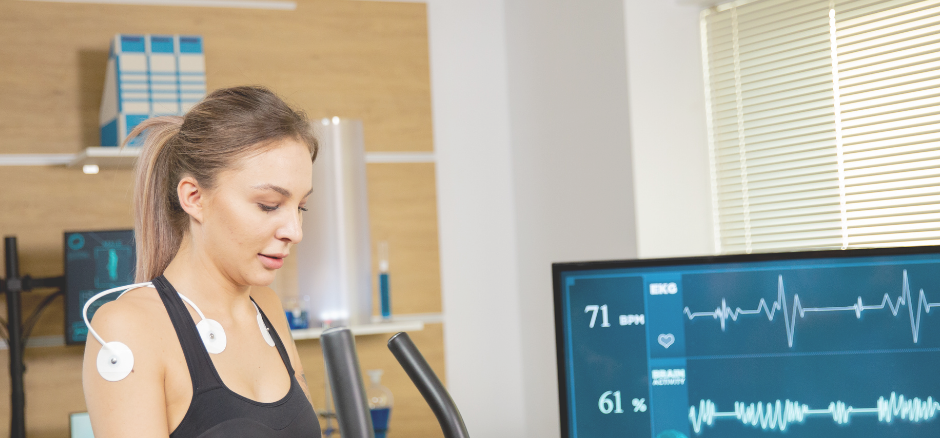An electrocardiogram (ECG) machine serves as a crucial diagnostic tool in patient care centers, aiding in the detection and monitoring of various heart conditions. Understanding how these machines operate is essential for both healthcare professionals and patients.
Understanding the Basics of ECG
An ECG, also known as an EKG, records the electrical activity of the heart. This non-invasive procedure involves placing electrodes on the patient’s skin, typically on the chest, arms, and legs. These electrodes detect the electrical signals generated by the heart as it contracts and pumps blood.
Components of an ECG Machine
An ECG machine consists of several key components:
- Electrodes: These sensors detect the electrical signals produced by the heart.
- Leads: Wires connect the electrodes to the ECG machine, transmitting the electrical signals for processing.
- Amplifiers: Within the ECG machine, amplifiers enhance the strength of the electrical signals for accurate interpretation.
- Display Unit: The amplified signals are displayed as waveforms on a monitor, allowing healthcare professionals to analyze the heart’s electrical activity.
How ECG Machines Work
1. Signal Acquisition: Electrodes attached to the patient’s body pick up the electrical signals produced by the heart.
2. Signal Amplification: The machine’s internal circuits amplify these faint electrical signals, enhancing their clarity and making them simpler to analyze.
3. Signal Display: The amplified signals are displayed as waveforms on the ECG machine’s monitor, showing the heart’s electrical activity in real-time.
Types of ECG Machines
There are various types of ECG machines, ranging from traditional units found in hospitals to portable devices used for remote monitoring.
Traditional ECG Machines: These are commonly used in hospitals and medical centers for routine diagnostic testing.
Portable ECG Devices: Compact and handheld, these devices allow for on-the-go monitoring, making them ideal for ambulatory care and remote patient monitoring.
Applications of ECG Machines in Patient Care Centers
ECG machines play a vital role in patient care centers by:
Diagnosing Heart Conditions: ECGs help healthcare professionals diagnose conditions such as arrhythmias, heart attacks, and coronary artery disease.
Monitoring Cardiac Health: Regular ECG monitoring allows for the continuous assessment of cardiac function, aiding in the management of chronic conditions and the adjustment of treatment plans.
Facilitating Prompt Treatment: By quickly identifying abnormalities in the heart’s electrical activity, ECGs enable healthcare providers to intervene promptly and administer appropriate treatment.
Conclusion:
Inpatient care centers, such as the ECG center in Ghatkopar West, electrocardiogram machines play a pivotal role in diagnosing and managing heart conditions. By precisely capturing the heart’s electrical activity, these machines empower healthcare professionals to provide prompt and efficient care to patients.
FAQs
Is the use of ECG machines safe for all patients?
Yes, ECG machines are safe for most patients, including pregnant women and children. However, certain precautions may be necessary for individuals with pacemakers or other implanted devices.
How long does an ECG test take?
A standard ECG test usually takes around 5 to 10 minutes to complete.
Can ECG machines detect all heart conditions?
While ECGs are effective in detecting many heart abnormalities, they may not identify every condition. Additional tests and evaluations may be needed for a comprehensive diagnosis.
Do patients need to prepare for an ECG test?
In most cases, no special preparation is required for an ECG test. However, patients may be asked to remove clothing and jewelry from the chest area to ensure proper electrode placement.

